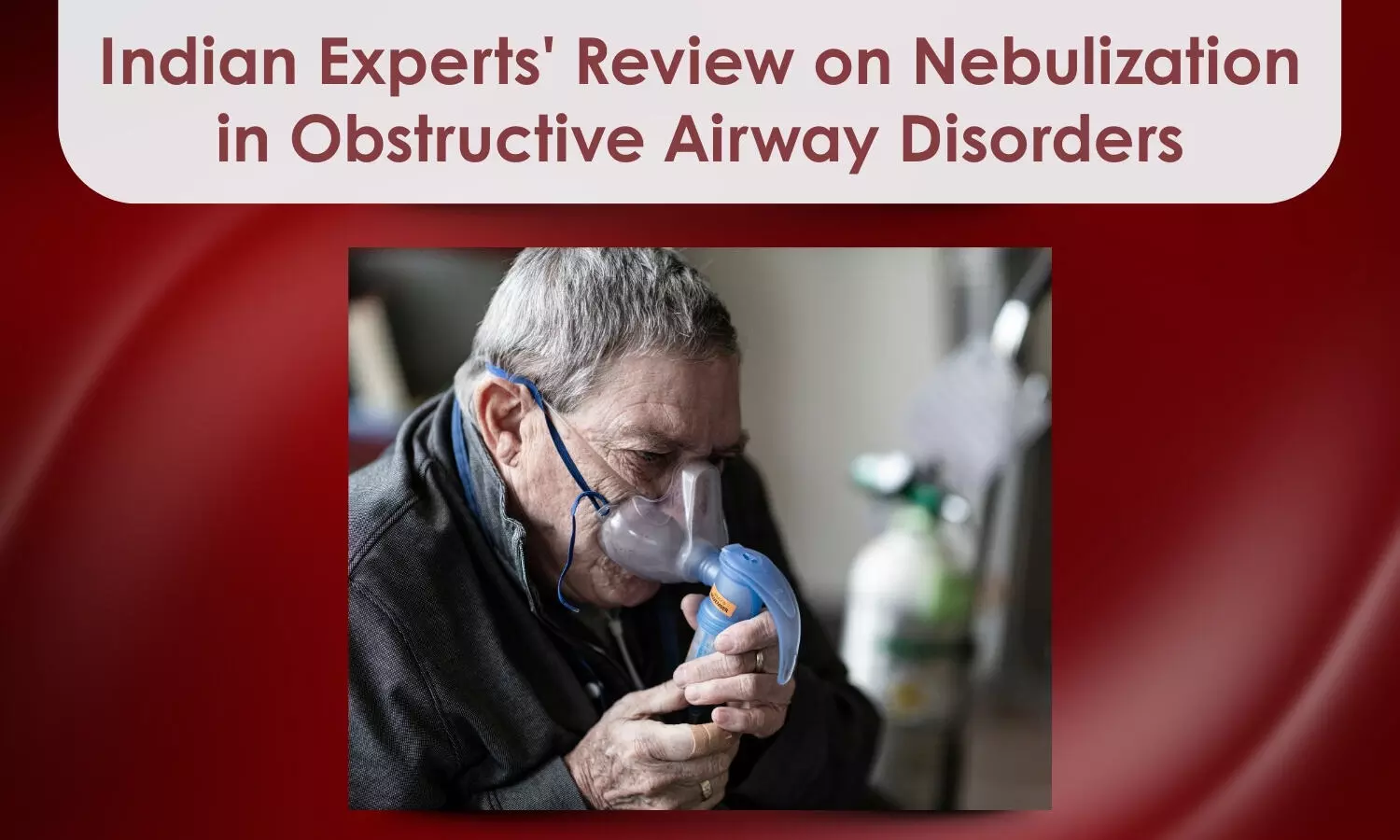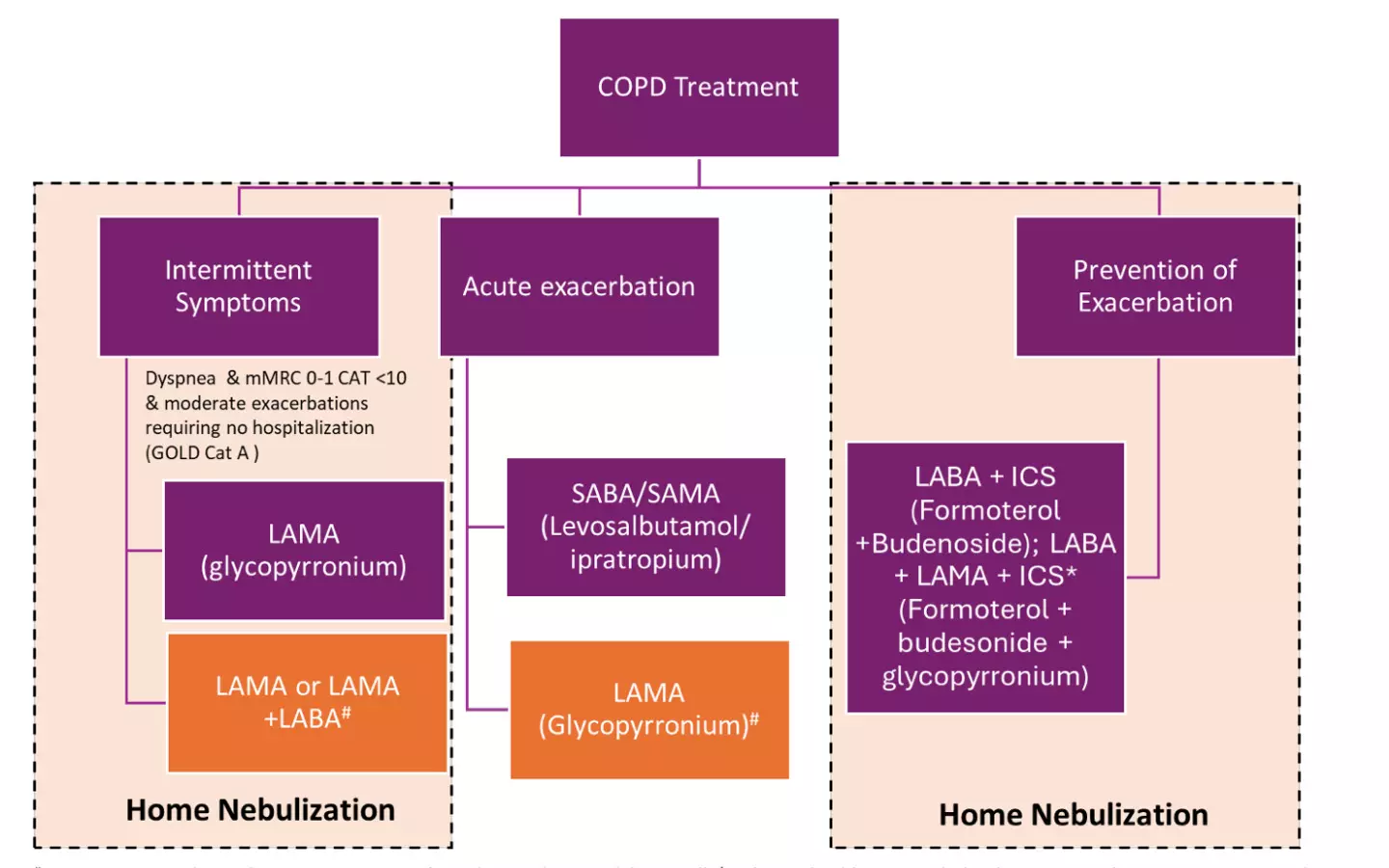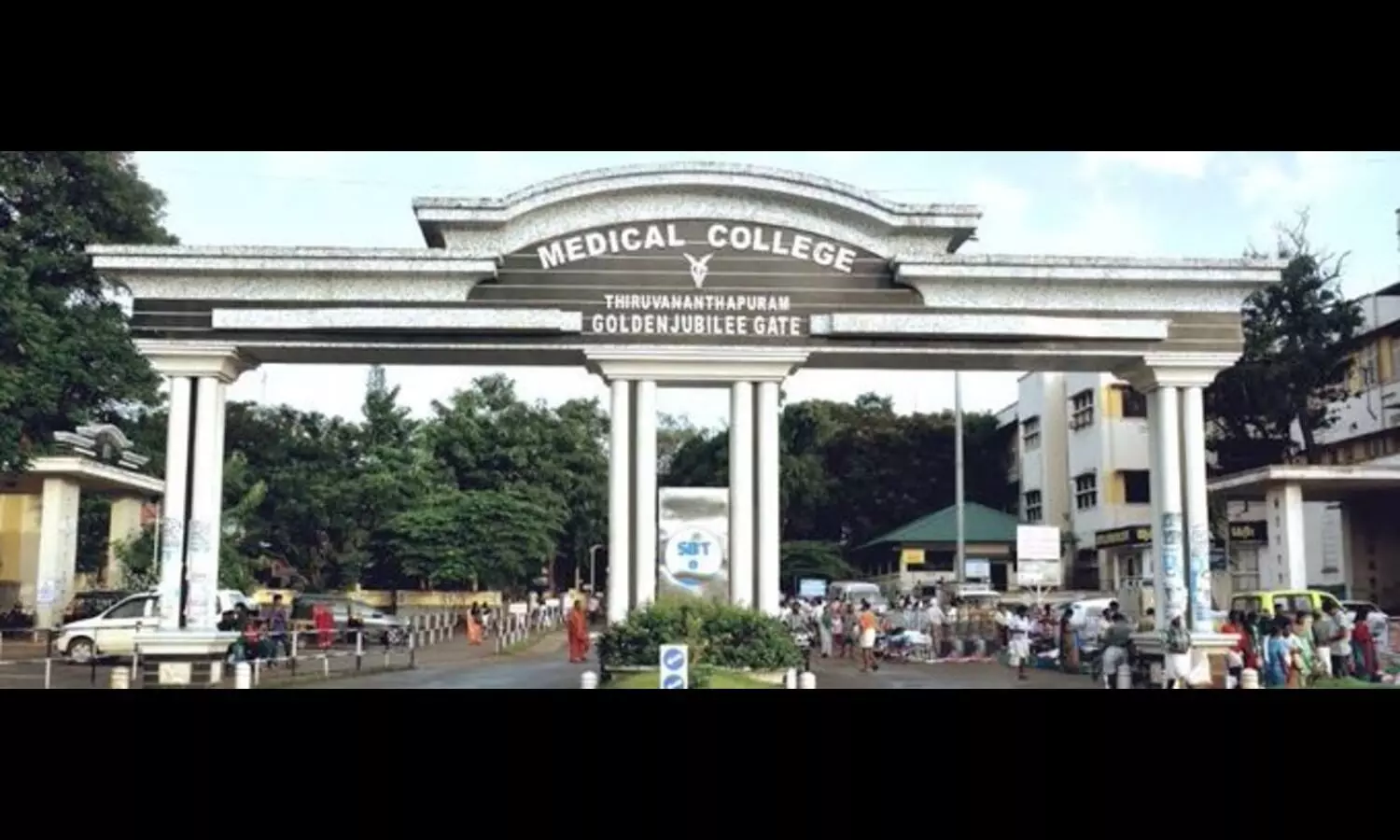New malaria drug for babies offers hope to health workers in Uganda
Powered by WPeMatico
Powered by WPeMatico
Powered by WPeMatico
Powered by WPeMatico
Powered by WPeMatico
Powered by WPeMatico
Powered by WPeMatico
Powered by WPeMatico
Powered by WPeMatico

India: Inhalation therapy remains a cornerstone in the treatment of obstructive, inflammatory, and infectious respiratory diseases, with inhalers often being a physician’s go-to device. However, their effectiveness is frequently compromised due to poor adherence and incorrect usage. Studies show that 30–60% of asthma patients and up to 80% of COPD patients commit at least one critical error while using inhalers. A cross-sectional study also found that 75.36% of patients made errors regardless of inhaler type, leading to poor disease control and increased risk of exacerbations.
In this context, nebulization has emerged as a valuable alternative for delivering bronchodilators and corticosteroids. Despite its clinical relevance, existing nebulization guidelines are lengthy and challenging to use in routine practice.
To address this gap, an expert panel of leading Indian pulmonologists have developed a simplified, evidence-based guidance document titled the NOVA-ER, an Expert’s Review, published in the Medical Research Archives. This document provides practical recommendations for managing Asthma, COPD, Bronchiectasis, and overlapping respiratory conditions, addressing both rescue and maintenance therapies tailored to disease severity.
The panel based their recommendations on an extensive review of recent peer-reviewed literature and clinical guidelines using databases like PubMed, MEDLINE, and the Cochrane Library. Structured discussions among pulmonology experts further refined the guidance.
The NOVA-ER article presents stepwise, disease-specific algorithms (e.g., COPD Treatment algorithm as given below) to support clinicians in selecting appropriate nebulized treatments and highlights the use of nebulizer therapy in suitable candidates, ultimately aiming to improve implementation of nebulization therapy in India’s respiratory care framework.

Fig 1: Algorithm for the use of nebulization and advice on home nebulization in COPD
Here are the insights from the consensus:
Experts highlight the importance of thorough patient education. Guiding patients on proper maintenance, cleaning, and disinfection of nebulizers is crucial for ensuring hygiene and effective device performance. In addition, patient counseling is vital for enhancing adherence to prescribed nebulizer therapy, which supports consistent medication use and helps achieve better long-term health outcomes.
Reference: Dhar, R., Mukhopadhyay, A., et al., 2025. Nebulization Optimization for Management of Obstructive Airway Disorders: An Expert Review (NOVA-ER). Medical Research Archives, [online]13(4).https://doi.org/10.18103/mra.v13i4.6377
Powered by WPeMatico

Thiruvananthapuram: A controversy has erupted after the Head of the Nephrology Department at Thiruvananthapuram Medical College Hospital (MCH) publicly criticised Kerala’s post-mortem organ donation programme, the Kerala Network for Organ Sharing (KNOS/K-SOTTO), calling it a “complete failure.”
In a social media post mourning the death of former nephrology head Dr Venugopal, the present HoD Dr Mohan Das said that the project had lost its success after the passing of Dr Ramdas, who played a key role in building the Mrithasanjeevani (K-SOTTO) initiative.
“It was Dr Venugopal and Dr Ramdas who made the Mrithasanjeevani project in Kerala a success. With the death of Dr Ramdas, Mrithasanjeevani has become a total failure,” he said in the post.
Also read- 3rd year female MD Medicine medico attacked by patient kin at Thiruvananthapuram Medical College
He also pointed out that not even a single cadaver transplant had taken place at Alappuzha Medical College, despite it being the base of the K-SOTTO executive director. However, Das later deleted the post.
Responding to the criticism, the Principal of Thiruvananthapuram Medical College, Dr PK Jabbar, issued a strict directive to doctors, barring them from making public statements. He warned of strict disciplinary action against violations of service rules, reports Onmanorama.
The criticism came almost two months after Dr Haris Chirakal publicly disclosed the shortage of surgical equipment and delays in surgeries at the state-run Thiruvananthapuram Medical College Hospital.
Medical Dialogues had previously reported that a social media post by a leading senior urologist disclosing a shortage of surgical equipment and delays in surgeries for months at the state-run Thiruvananthapuram Medical College Hospital has gained widespread attention and landed him in an open fight against the health department, all for the sake of his patients.
Dr Haris Chirakkal, Head of the Urology Department at Thiruvananthapuram Medical College Hospital, shared a detailed Facebook post, which is now deleted, where he highlighted the grim situation at the hospital as he could no longer stay silent as a doctor. Although Dr Chirakkal agreed to delete his Facebook post at the DME’s request, he later told reporters that the issues he raised persist.
In his post, he expressed his frustration after repeated delays in surgeries due to a lack of basic medical equipment. He pointed out that doctors are left helpless as patients wait for critical surgeries for months, only to have them cancelled due to the unavailability of essential medical equipment. As a result, poor patients and their families are left confused and hopeless, not knowing what to do next, he added.
Powered by WPeMatico
